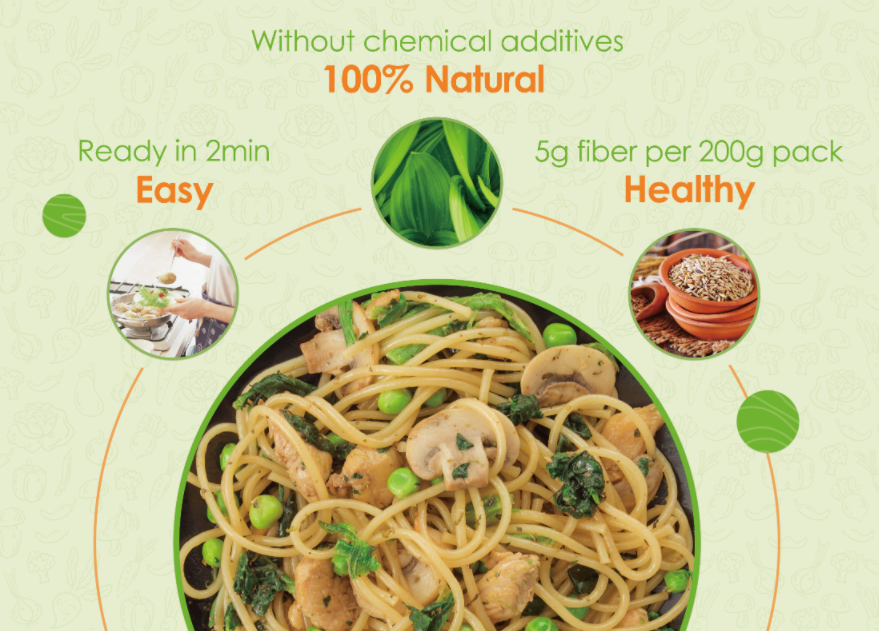
In the ever-evolving landscape of dietary trends and health-conscious eating, one name that has been making waves is konjac. This humble root vegetable, known scientifically as Amorphophallus konjac, has been a staple in Asian cuisine for centuries. However, it’s only recently that the world has begun to appreciate the incredible culinary and health benefits that… Continue reading Konjac Cuisine: The Secret to Healthy and Delicious Eating!
Read More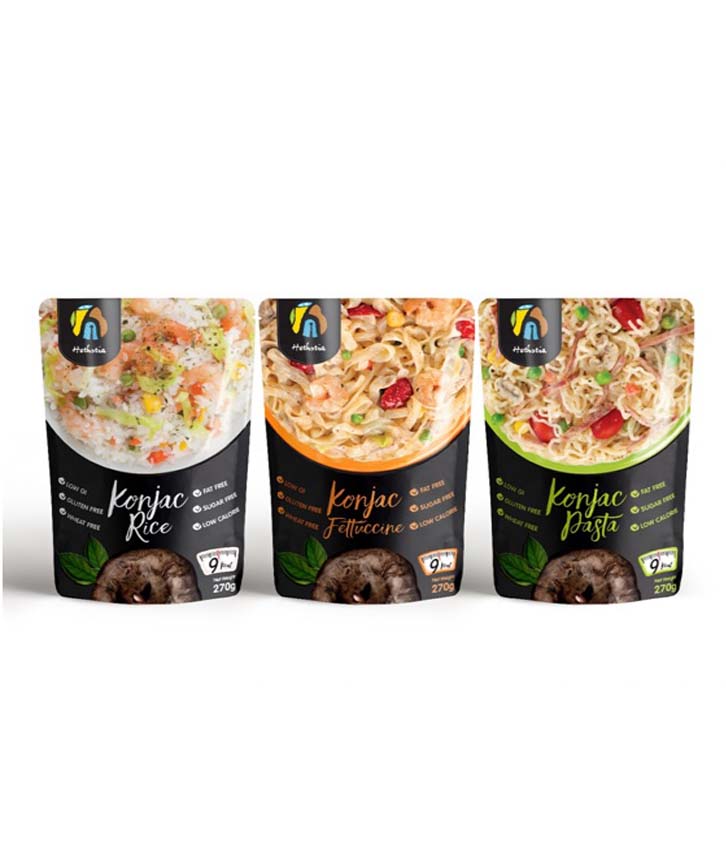
Commonly called shirataki noodles, konjac noodles are noodles made from the corm of the konjac yam. It’s a simple, almost translucent noodle that takes on the flavor of whatever it’s paired with. Made from the corm of the konjac yam, also dubbed the elephant yam, konjac noodles have been a staple in Japanese and Chinese… Continue reading What Are Konjac Noodles?
Read More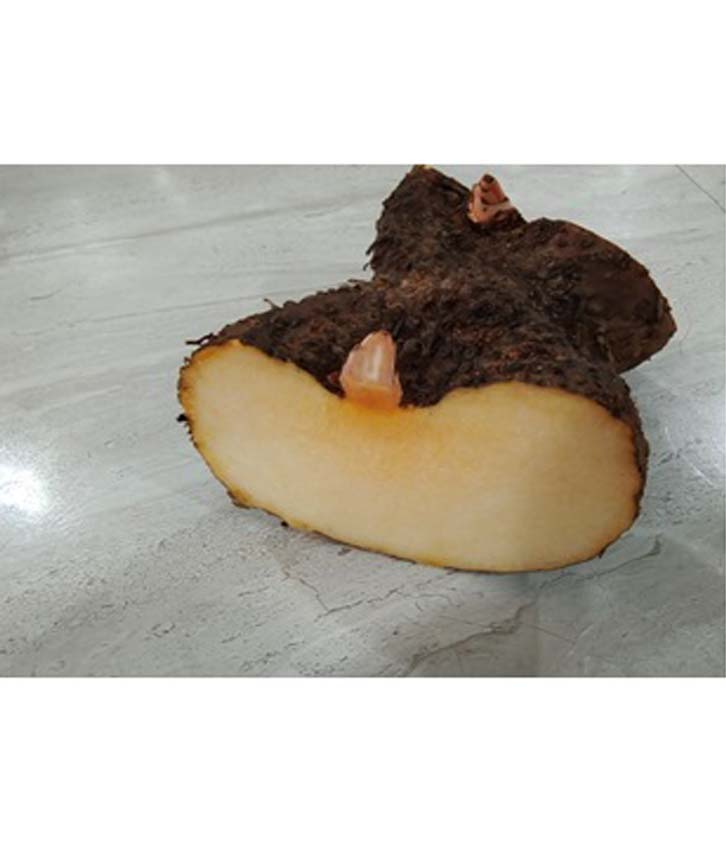
Konjac (or konjak) is a common name of the East and Southeast Asian plant Amorphophallus konjac, which has an edible corm . It is also known as konjaku, konnyaku potato, devil’s tongue, voodoo lily, snake palm, or elephant yam. The konjac plant (Amorphophallus konjac) grows on slopes 2000 to 4000 ft above sea level, where it enjoys the habitat’s clean air and water. Today, konjac plants are grown in Japan,… Continue reading Introducing Konjac Noodles and its benefits
Read More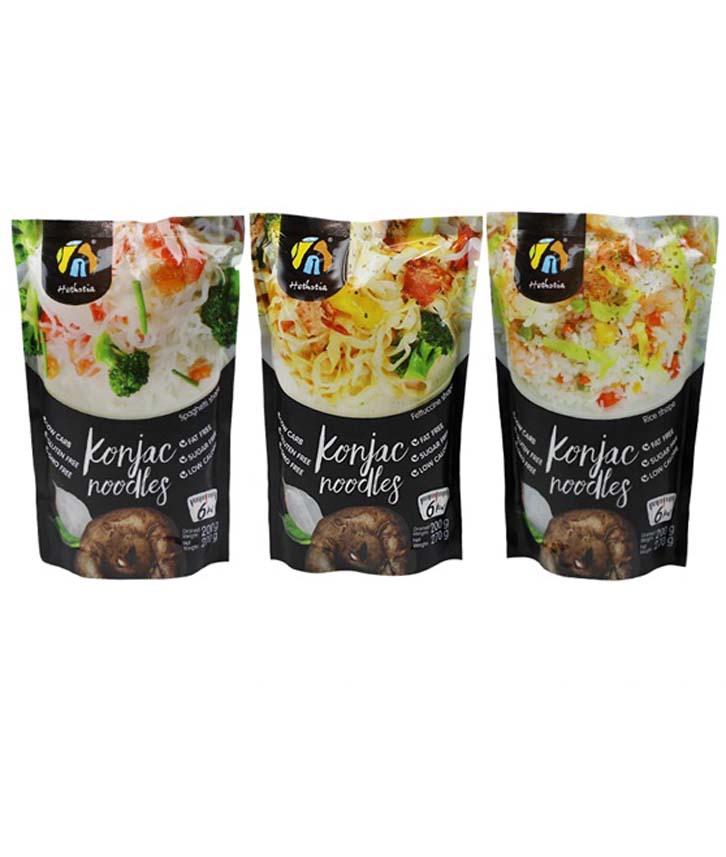
Raditional shirataki noodles are pretty much the perfect food for those who may have food allergies or are on special diets; they’re vegan, gluten-free, and keto-friendly. They naturally don’t contain any calories because the glucomannan starch they’re made of is an indigestible dietary fiber and also contains no carbohydrates. Shirataki noodles are great everyday noodles,… Continue reading Why It’s Worth Getting to Know Gluten-Free, Low-Calorie Shirataki Noodles
Read More
Konjac is a low-sugar and low-calorie food. The glucomannan contained in it will swell in the body after being ingested, which can effectively regulate appetite, make people feel full, eliminate hunger and reduce the intake of other caloric foods, which is helpful for weight control. The dietary fiber contained in konjac can strengthen the peristalsis… Continue reading Konjac Noodles for Weight Loss
Read More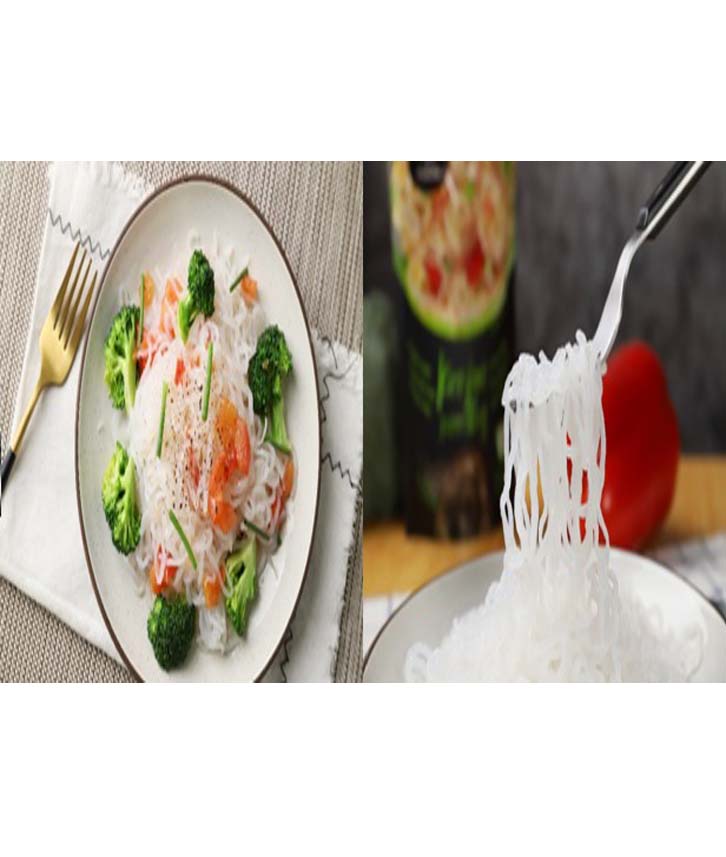
Konjac foods become hot as the keto diet foods in recent years. Today let’s introduce the history of konjac foods. Konjac foods are made of konjac flour, which is extracted from konjac plant. Konjac plant wild forms grow naturally in Southeast Asia and China. Konjac has been known in Japan since the sixth century as a… Continue reading The history of konjac foods
Read More
The konjac plant (Amorphophallus konjac) grows in slopes 2000 to 4000 foot above sea level, where it enjoys the habitat’s clean air and water. The edible part of the konjac plant is the root which resembles an oval shaped yam potato or taro. Konjac noodles was made by nature soluble fiber – Konjac glucomannan (KGM)… Continue reading 7 Benefits of Konjac Noodles
Read More